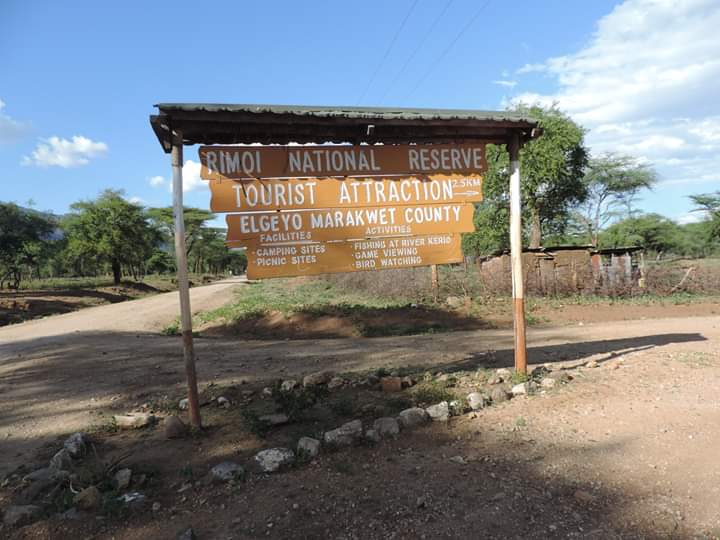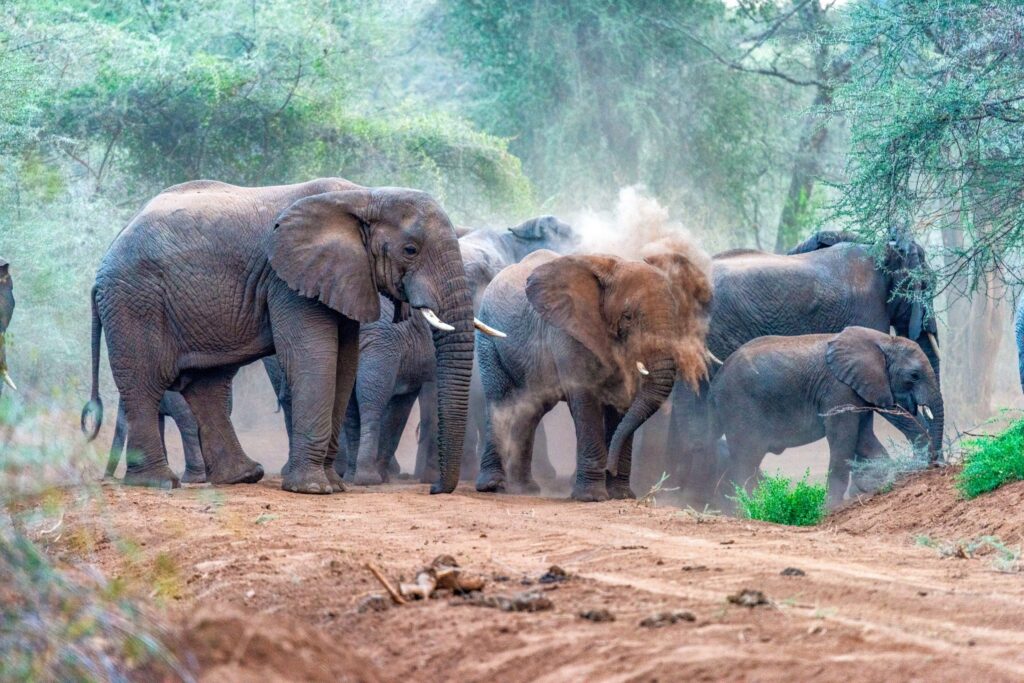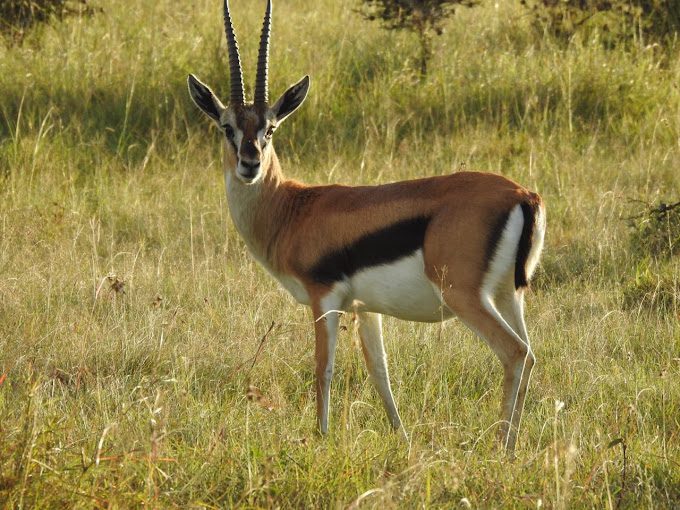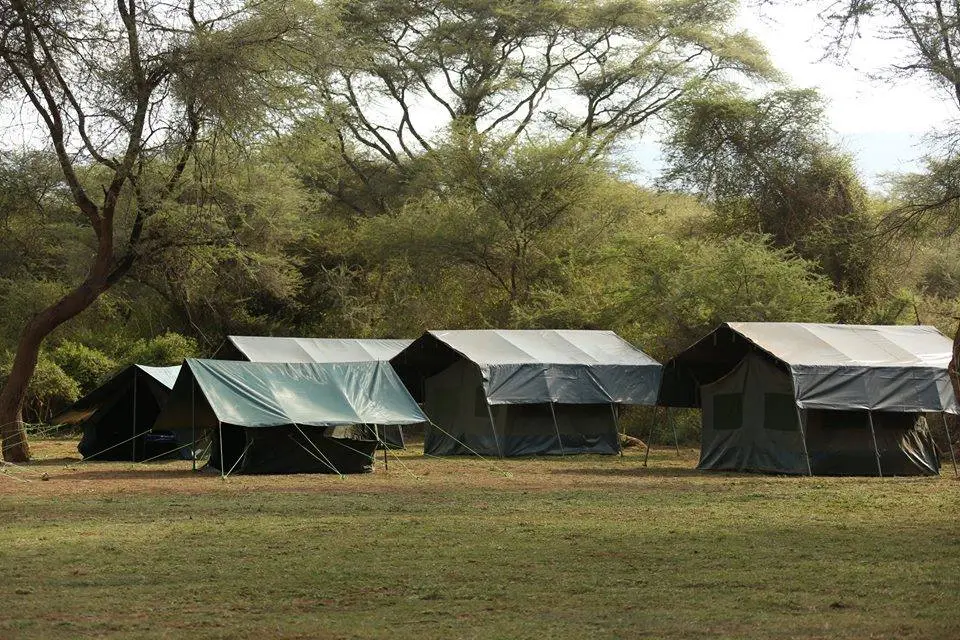Into the Wild: Why Rimoi National Reserve is Special

Tucked away in the dramatic escarpments of the Kerio Valley, Rimoi National Reserve is one of Kenya’s hidden gems—lesser-known than its iconic national parks, but every bit as rewarding. Stretching across 66 square kilometers in Elgeyo-Marakwet County, this rugged wilderness is famous for its large elephant population, stunning scenery, and off-the-beaten-path safari experience. For travelers seeking tranquility, adventure, and authentic encounters with nature, Rimoi is an untouched treasure waiting to be explored.
Location and Geography of Rimoi National Reserve
Where Rimoi National Reserve is Found
Rimoi National Reserve is nestled on the dramatic floor of the Kerio Valley, a stunning rift that cuts across Elgeyo-Marakwet County in western Kenya. Located about 335 kilometers from Nairobi (a 6–7 hour drive) and only 45 kilometers from Eldoret town, Rimoi is both remote and surprisingly accessible. The reserve is sandwiched between rugged escarpments on one side and the winding Kerio River on the other, giving it a distinctive topography that blends rocky ridges, rolling plains, and semi-arid bushland.
At an altitude of 1,000–1,500 meters above sea level, Rimoi enjoys a semi-arid climate, with hot, dry days and cool evenings. This contrasts sharply with the green highlands of Elgeyo-Marakwet that rise just above the valley. The climate, vegetation, and terrain make it a haven for hardy wildlife species adapted to both arid and savannah conditions.
Ecologically, Rimoi is part of the larger Kerio Valley ecosystem, which also includes the Kerio Valley National Reserve and the Embobut Forest. Together, these protected areas form a vital wildlife corridor that supports elephants and other species as they migrate between the escarpments, riverbanks, and moorland forests. This connectivity is crucial for maintaining biodiversity and ensuring long-term conservation of the valley’s unique landscapes.
Natural Setting
The natural scenery at Rimoi National Reserve is nothing short of breathtaking. The reserve is characterized by expansive savannah plains dotted with acacia trees, rugged rocky outcrops, and dramatic cliffs that plunge into the Kerio Valley. The Kerio River meanders silently through the valley floor, providing a lifeline to the park’s elephants, buffaloes, and countless other wildlife species.
At sunrise and sunset, Rimoi transforms into a painter’s canvas: the escarpments glow with hues of gold and amber, while the valley below slowly awakens with bird calls and rustling wildlife. During the dry season, the vegetation thins out, creating wide-open vistas perfect for game viewing. In contrast, the rainy season cloaks the landscape in lush greenery, bringing the reserve to life with fresh pastures, blooming wildflowers, and vibrant bird activity.
Wildlife of Rimoi National Reserve
The Elephant Herds

The undisputed highlight of Rimoi National Reserve is its large population of elephants. It is not uncommon to witness herds numbering in the dozens, moving gracefully across the plains or gathering along the Kerio River. These elephants are remarkably calm compared to their counterparts in busier parks, thanks to the reserve’s relatively low human activity. Visitors often encounter elephants bathing, trumpeting, or playfully spraying each other with mud—a truly humbling wildlife experience.
Other Wildlife
While elephants are the stars of Rimoi, the reserve also harbors a variety of other fascinating species that thrive in its semi-arid landscapes:
- Giraffes – Their long silhouettes can often be seen browsing the tops of acacia trees.
- Zebras – Small herds graze across the plains, often mingling with antelopes.
- Buffaloes – Usually found lurking near rivers and waterholes.
- Warthogs, impalas, and gazelles – Common sightings, especially in the open savannah.
- Predators – Leopards and hyenas are present but elusive, favoring the thick bush and rocky terrain.
This balance of prey and predator ensures a healthy ecosystem, though Rimoi remains less predictable than more tourist-heavy parks—part of its wild allure.
Birdlife
For birdwatchers, Rimoi is a paradise, boasting over 250 bird species. The cliffs provide nesting grounds for raptors like eagles, hawks, and vultures, while the trees host colorful species such as sunbirds, weavers, and hornbills. Along the Kerio River, you may spot kingfishers and herons stalking fish, while the skies above are often filled with the graceful flight of swallows and bee-eaters. Birdsong creates a constant natural soundtrack that enhances the Rimoi safari experience.
Safari Experiences in Rimoi National Reserve

Game Drives
Game drives are the heart of the Rimoi safari experience. Unlike Kenya’s busier parks such as Maasai Mara or Amboseli, Rimoi offers seclusion and intimacy. With fewer visitors, encounters with elephants, zebras, or giraffes feel almost private, making every moment unforgettable. The best times for game drives are early mornings and late afternoons, when animals are most active and the lighting is perfect for photography.
Hiking and Nature Walks
For those craving more adventure, guided hikes and nature walks are available in parts of the reserve. Walking safaris allow visitors to experience Rimoi’s wilderness at a slower pace, with opportunities to observe smaller flora and fauna that might be missed from a vehicle. Trails often lead to rocky outcrops overlooking the Kerio Valley, offering sweeping views and a chance to appreciate the rugged beauty of the landscape.
Cultural Experiences
No visit to Rimoi National Reserve is complete without immersing in the culture of the Marakwet people, the custodians of this land. Cultural tours often include:
- Traditional dances and music performed by local groups.
- Learning about herbal medicine and indigenous plants used in daily life.
- Visits to local homesteads, where visitors can engage in storytelling and sample traditional foods.
These cultural experiences provide deeper insight into the harmony between people and nature in the Kerio Valley, while also supporting local communities through eco-tourism.
Travel Guide to Rimoi National Reserve
Best Time to Visit
The best time to visit Rimoi National Reserve is during the dry seasons (December–March and June–September). During these months, wildlife congregates around water sources, making sightings more frequent. The rainy seasons (April–May and October–November) bring lush greenery, but roads can become muddy and challenging to navigate.
Getting There
- By Road from Nairobi: Approximately 6–7 hours via Nakuru and Eldoret.
- From Eldoret: A 1.5–2 hour drive, making it an easy day trip or weekend escape.
- A 4×4 vehicle is strongly recommended, especially during the rainy season, as some tracks can be rough.
What to Carry
- Binoculars for birdwatching
- A good camera with zoom lens for wildlife photography
- Light, breathable clothing for daytime and warm layers for evenings
- Sunscreen, hats, and plenty of water
- Sturdy shoes for hikes and nature walks
Accommodation Near Rimoi National Reserve

Budget Options
Basic guesthouses and lodgings in Iten or Kabarnet provide affordable options for backpackers and budget travelers.
Mid-Range Options
Hotels in Eldoret and Iten, such as Kerio View Hotel, offer comfortable stays with spectacular escarpment views.
Luxury Options
Though luxury lodges within Rimoi are limited, boutique eco-lodges and safari camps in the Kerio Valley provide a more exclusive experience. Some lodges arrange guided safaris into Rimoi as part of their packages.
Conservation and Community Involvement
Conservation Efforts
Rimoi National Reserve is managed by the Elgeyo-Marakwet County Government in collaboration with the Kenya Wildlife Service (KWS). Conservation programs focus on protecting elephant populations, combating poaching, and maintaining the delicate ecosystem of the Kerio Valley.
Community Involvement
Local communities play an active role in eco-tourism initiatives, from offering guiding services to showcasing cultural heritage. By visiting Rimoi, tourists directly support sustainable development and conservation in the region.
Also read:The Great Migration Masai Mara Guide
FAQs about Rimoi National Reserve
1. Where is Rimoi National Reserve located?
It is located in Elgeyo-Marakwet County, along the Kerio Valley, about 45 km from Eldoret.
2. What is Rimoi National Reserve famous for?
It is best known for its large elephant population and rugged escarpment landscapes.
3. How big is Rimoi National Reserve?
The reserve covers approximately 66 square kilometers.
4. What wildlife can I see in Rimoi National Reserve?
Elephants, giraffes, zebras, buffaloes, antelopes, and a variety of birds are commonly sighted.
5. Do I need a 4×4 vehicle to visit Rimoi?
Yes, especially in the rainy season, as some tracks can be muddy and rough.
6. When is the best time to visit Rimoi?
The dry seasons (December–March and June–September) are best for wildlife viewing.
7. Can I hike in Rimoi National Reserve?
Yes, guided nature walks and hikes are available in certain parts of the reserve.
8. Are there lodges inside Rimoi?
There are limited facilities inside the reserve, but nearby towns like Iten and Eldoret offer lodging.
9. How far is Rimoi from Nairobi?
About 335 km, or a 6–7 hour drive.10. Is Rimoi National Reserve crowded?
No, it is one of Kenya’s less-visited reserves, offering a peaceful and intimate safari experience.


